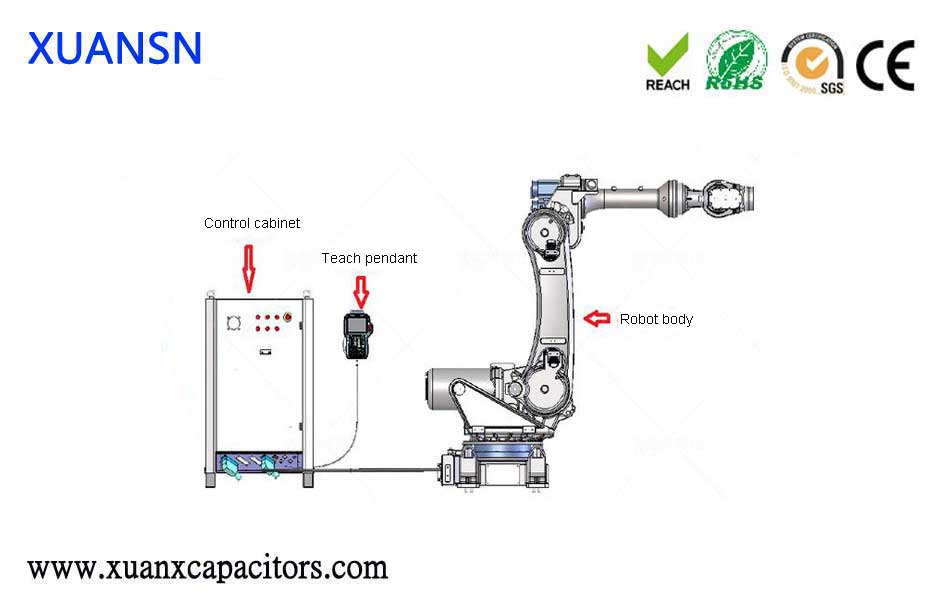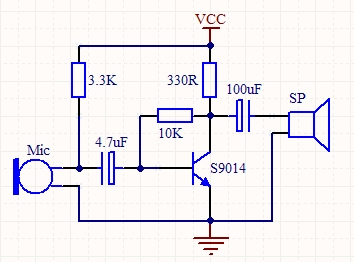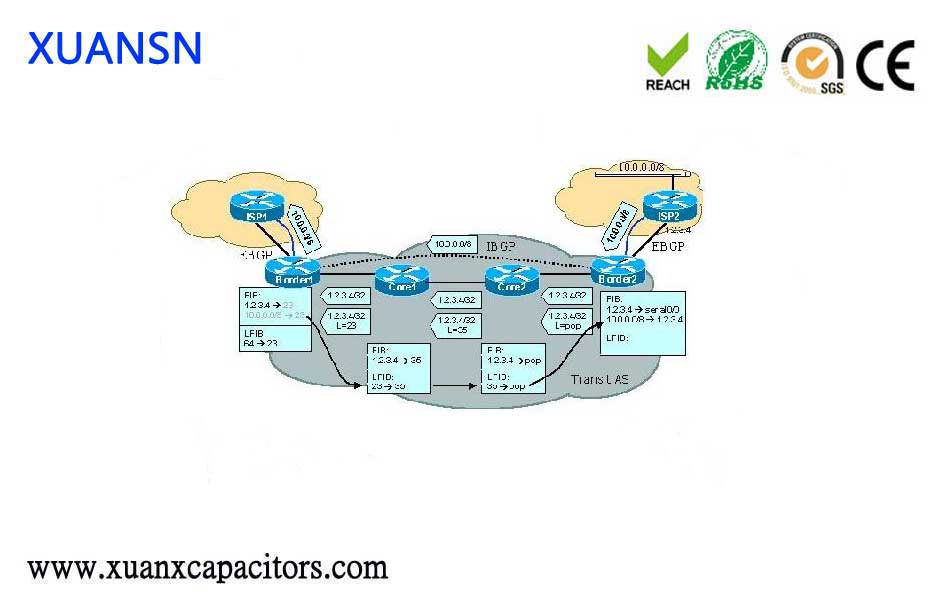On July 9, the 50Gbps high-capacity communications Asia Pacific 6D satellite was launched. China used the Long March 3B carrier rocket at the Xichang Satellite Launch Center to successfully send the Asia-Pacific 6D satellite into a predetermined orbit, and the launch was a complete success.
 The Asia Pacific 6D satellite is a high-throughput broadband communication satellite in geostationary orbit developed by the Communications Satellite Division of the Fifth Academy of China Aerospace Science and Technology Corporation. This is China’s civil and commercial communications satellite with the largest communications capacity, the most beams, the largest output power, and the most complex design. It marks that China’s high-throughput communication satellite research and development capabilities have reached the international advanced level.In July 2016, my country’s first Ku-band global high-throughput broadband satellite system started construction, and the Asia Pacific 6D satellite was the first star of the system. The satellite is mainly for users in the Asia Pacific region, and can provide all-regional and all-weather satellite broadband communication services to meet various application requirements such as maritime communications, aviation airborne communications, land vehicle communications and fixed satellite broadband Internet access. The communication capacity of the Asia Pacific 6D satellite reaches 50Gbps, which is 1.5 times higher than my country’s first high-throughput satellite launched in 2017, the Zhongxing 16 satellite.
The Asia Pacific 6D satellite is a high-throughput broadband communication satellite in geostationary orbit developed by the Communications Satellite Division of the Fifth Academy of China Aerospace Science and Technology Corporation. This is China’s civil and commercial communications satellite with the largest communications capacity, the most beams, the largest output power, and the most complex design. It marks that China’s high-throughput communication satellite research and development capabilities have reached the international advanced level.In July 2016, my country’s first Ku-band global high-throughput broadband satellite system started construction, and the Asia Pacific 6D satellite was the first star of the system. The satellite is mainly for users in the Asia Pacific region, and can provide all-regional and all-weather satellite broadband communication services to meet various application requirements such as maritime communications, aviation airborne communications, land vehicle communications and fixed satellite broadband Internet access. The communication capacity of the Asia Pacific 6D satellite reaches 50Gbps, which is 1.5 times higher than my country’s first high-throughput satellite launched in 2017, the Zhongxing 16 satellite.
A high-throughput satellite is like a space signal relay station set up in space, which is forwarded through radio signals to connect the ground users to the Internet at the ground gate station. The Asia Pacific 6D satellite has a total of 8 ground gate stations, which can support an application rate of nearly 100 trillion. The Xi’an Branch of the Fifth Hospital provides an integrated design for the follow-up of satellites. It can flexibly allocate frequency resources according to different needs of users and achieve flexible switching between gateways.
Different from the wide-area beam antenna coverage of traditional broadcast TV satellites, the Asia Pacific 6D satellite uses a multi-beam antenna with a total of 90 user beams, forming a “cellular” coverage to the ground. The single beam capacity can reach more than 1Gbps, which can provide users with high-quality voice and data communication services.




